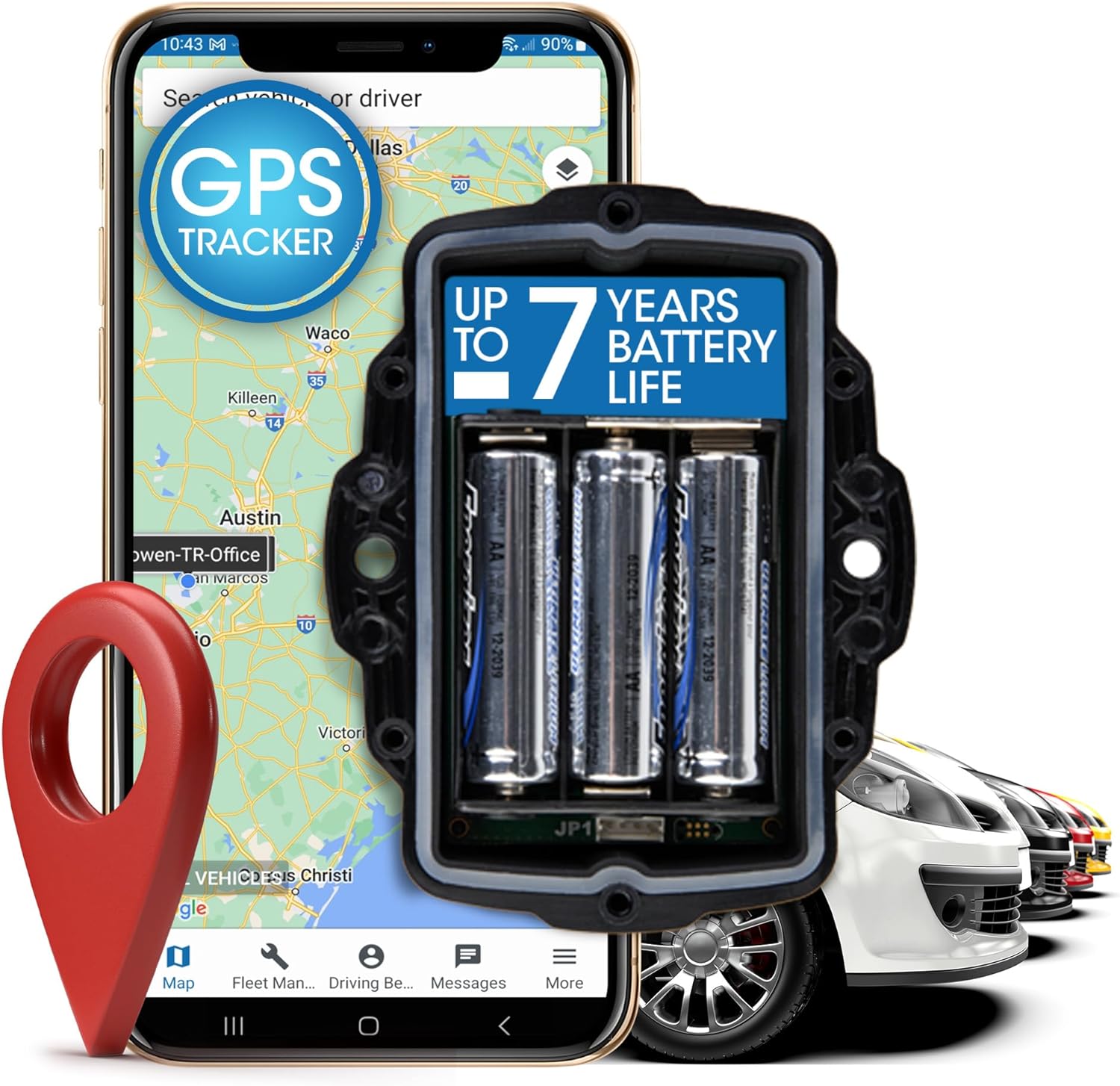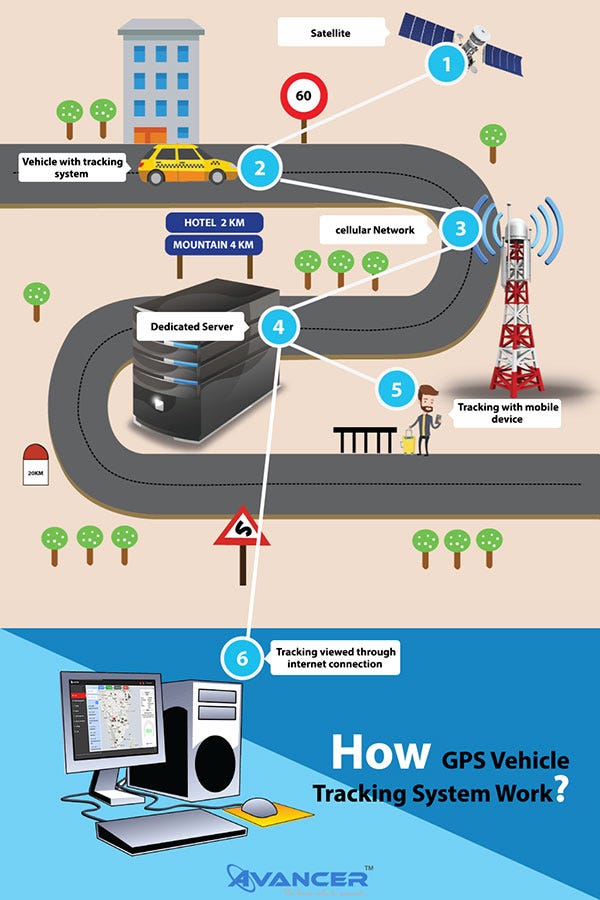Making The Most Of Effectiveness With GPS Tracking: Methods for Fleet Management and Possession Surveillance
In the realm of fleet management and asset tracking, the use of GPS monitoring systems has actually become a keystone for boosting operational effectiveness and productivity. As we check out the different strategies and methods to maximize effectiveness with GPS monitoring, a globe of possibilities opens up to redefine just how organizations manage their fleets and check their assets.
Executing Real-Time Tracking Solutions
To maximize functional effectiveness, companies can apply real-time radar that supply immediate place information for their properties. By making use of GPS technology, companies can get real-time understandings right into the location of their lorries, tools, and various other beneficial resources. This level of presence allows firms to improve operations, boost productivity, and enhance general performance.
Real-time monitoring systems offer various advantages for firms throughout numerous sectors. With the capacity to check possessions continually, companies can optimize routing, schedule upkeep extra effectively, and reduce the risk of theft or loss. In addition, these systems allow businesses to react promptly to any unexpected occasions or interruptions, making sure marginal downtime and maximum efficiency.
Implementing real-time radar requires cautious preparation and factor to consider of particular service demands. Business must pick the appropriate innovation company, personalize the system to satisfy their needs, and offer adequate training to staff members. By purchasing real-time tracking services, organizations can stay in advance of the competitors, deliver superior client service, and attain sustainable development in today's hectic market environment.
Maximizing Course Planning and Organizing

One secret technique for enhancing course preparation is to use historic data and real-time info to identify the most effective paths for lorries. By assessing past paths and considering factors such as web traffic patterns and distribution home windows, services can develop schedules that decrease unnecessary stops and hold-ups. Furthermore, applying dynamic transmitting abilities enables for modifications to be made in real-time based upon transforming problems, making sure that motorists constantly take one of the most efficient path to their location.
Enhancing Chauffeur Efficiency and Safety And Security
Enhancing motorist efficiency and safety and security is critical in making sure the smooth and protected procedure of a fleet. By utilizing GPS tracking modern technology, fleet managers can check chauffeur habits in real-time and provide prompt feedback to promote secure driving practices. This consists of tracking speed limitations, harsh braking, velocity patterns, and adherence to web traffic regulations.
Furthermore, GPS monitoring systems can assist in identifying chauffeurs who may need extra training or assistance to improve their performance (gps gps tracking tracking). By evaluating information on driving habits and patterns, fleet supervisors can implement targeted training programs to resolve certain locations of enhancement. This positive strategy not only enhances total chauffeur efficiency yet additionally contributes to a safer work atmosphere for everyone included
In enhancement to efficiency surveillance, general practitioner monitoring systems can also improve driver safety and security by providing emergency situation assistance attributes. In case of an accident or failure, vehicle drivers can promptly send out distress signals, permitting fleet supervisors to respond without delay and dispatch aid when needed. In general, integrating GPS tracking innovation into fleet management approaches is crucial for optimizing vehicle driver performance and guaranteeing the safety of both chauffeurs and assets.

Utilizing Geofencing for Improved Safety And Security
Making the most of fleet safety goes beyond keeping track of motorist efficiency and safety and security; one effective method is with the calculated usage of geofencing modern technology. Geofencing allows fleet supervisors to develop digital limits or geozones around details areas, allowing them to receive real-time informs when lorries go into or leave these assigned locations. By establishing up geofences around high-risk locations such as construction websites, unapproved locations, and even customer places, fleet managers can improve safety go to this website and security steps and minimize possible threats.
Geofencing not just enhances safety but likewise enables fast action times in situation of unapproved vehicle usage or burglary. In the event of a violation, signals can be sent out to fleet managers, allowing them to take immediate action to recuperate the automobile and situate. Additionally, geofencing can aid in monitoring car movement during off-hours, ensuring that automobiles are not being made use of for unauthorized objectives.
Integrating GPS Information for Strategic Decision-Making
Making use of GPS information assimilation is vital for educated tactical decision-making in fleet monitoring operations. By incorporating GPS data right into fleet management systems, businesses can get beneficial understandings right into their over here operations, bring about a lot more reliable paths, enhanced driver actions, and much better general efficiency. Through the integration of GPS data, fleet supervisors can track car areas in real-time, screen gas usage, and examine driver performance metrics such as speed, idling time, and harsh braking.
In addition, integrating GPS data permits the optimization of routes based upon web traffic problems, climate patterns, and various other outside elements, helping to minimize delivery times and operational expenses. By examining historic GPS data, fleet supervisors can determine fads, patterns, and locations for enhancement, enabling them to make data-driven decisions that improve productivity and enhance procedures.
Conclusion
In conclusion, the implementation of GPS tracking systems can greatly improve efficiency in fleet monitoring and property surveillance. By making use of real-time monitoring, enhancing course planning, improving driver performance, using geofencing for safety, and incorporating GPS information for tactical decision-making, organizations can improve procedures and achieve expense savings (gps tracking). These methods allow services to enhance procedures, rise efficiency, and eventually make best use of the total efficiency of their operations
In the realm of fleet management and asset monitoring, the utilization of GPS monitoring systems has actually ended up being a foundation for enhancing operational efficiency and performance. As we discover the numerous techniques and techniques to optimize effectiveness with GPS monitoring, a world of possibilities opens up to redefine just how companies handle their fleets and check their assets.
By utilizing GPS monitoring modern technology, fleet supervisors can keep track of chauffeur habits in real-time and give prompt feedback to advertise safe driving methods. Via the combination of GPS data, fleet supervisors can track car locations in real-time, screen fuel consumption, and assess chauffeur efficiency metrics such as speed, idling time, and severe braking.
In final thought, the implementation of General practitioner tracking systems can greatly enhance efficiency in fleet management and property monitoring.